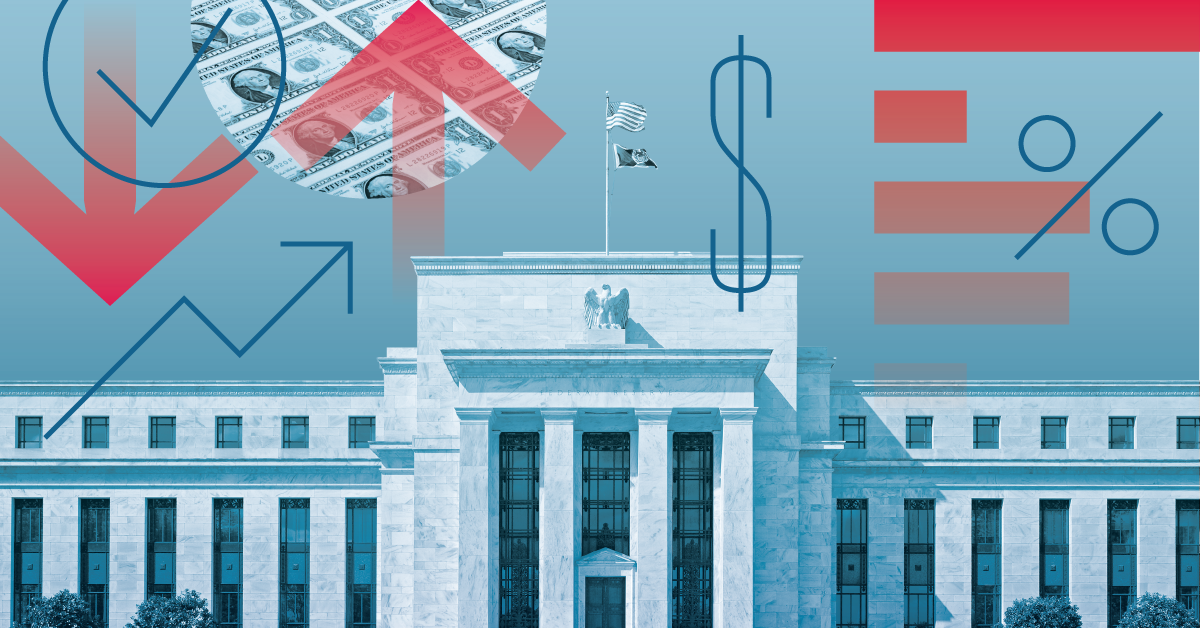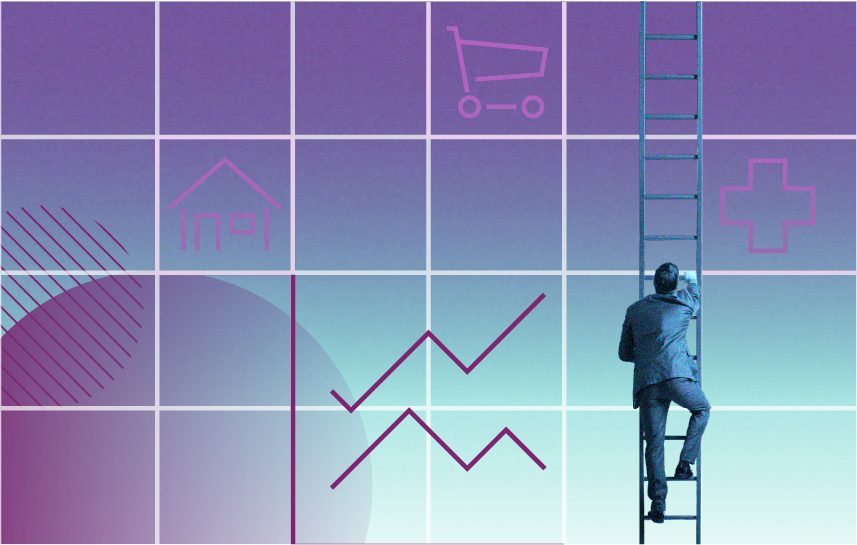.jpg) Mohamed El-Arian, chief economic adviser at Allianz, recently said on Twitter that the Silicon Valley Bank bailout could cause the U.S. Federal Reserve to retreat from its fight against inflation. It is a line markets seem to agree with.
Mohamed El-Arian, chief economic adviser at Allianz, recently said on Twitter that the Silicon Valley Bank bailout could cause the U.S. Federal Reserve to retreat from its fight against inflation. It is a line markets seem to agree with.
“At this point, the market is pricing in a 64% probability that the Fed will not hike the federal funds rate at the next FOMC meeting in May,” points out David Sekera, Chief U.S. market strategist at Morningstar.
Sekera agrees that the Fed has a delicate balancing act to perform in its fight against inflation. “While it needs to reduce the inflation rate back down to its 2% target, it also does not want to tighten monetary policy to the degree that it results in a deep or prolonged recession. This delicate balancing act has been made more precarious by the deposit flight out of regional banks following the failures of Silicon Valley Bank and Signature Bank,” he notes.
The Fed is Not Stopping its Fight Against Inflation
This being said, don’t expect rate increases to stop. “Considering that the Fed just hiked the federal funds rate by 25 basis points at the March meeting, no, the Fed is not diminishing its fight against inflation,” Sekera stresses.
The banking turmoil, observed Fed chairman Jerome Powell in his March statement, could lead to “tightening credit conditions for households and businesses and thereby weigh on demand on the labor market and on inflation.” Sekera further highlights Powell’s point that “the effect of this tightening would be equivalent to a rate hike or more”.
“If there had been no banking disruption, the Fed would probably have hiked rates by another 50 basis points,” says Yanick Desnoyers, vice-president, economics, at Addenda Capital. To a certain extent, the Fed’s chairman is “piggy-backing” the bank crisis to perform some inflation fighting in its stead.
Chief market strategist at Purpose Investments Craig Basinger believes the Fed is at the end of its inflation fight anyway. “I’m in the camp that thinks inflation peaked last year and is gradually improving, he says. Inflation was the biggest risk before the bank flare-up, but that flare-up has accelerated the market’s transition from fear of inflation to fear of a recession.”
The Fear of Inflation Versus the On-Ground Reality
Fear of inflation or fear of a recession is not the issue, asserts Desnoyers. The reality is that there is inflation, and it is lodged in the most resilient part of the economy: in wages. “It’s true that inflation has come down recently, he says, but its composition has deteriorated. Yes, it has receded in goods, notably at 1.5% in core goods – mostly because we import those from China –, but it is above 7.2% in core services. And that’s where wages exert the most influence presently.”
Worker shortages and the pressure they exert on wages are the single major force pushing against any recession at this moment. A recession will not just happen on its own, Desnoyers claims. It will materialize only if the Fed and other central banks provoke it. They have not done that until now. “The Fed is only chasing inflation; it has to move beyond it” in order to break it.
Markets confuse nominal and real rates. Sure, at 4.5%, the nominal rate seems high, but the real rate is still negative, inflation in February clocking in at 5.5%. To reach a positive real rate, the federal funds rate must reach at least 5,75%, Desnoyers points out. “The question is: will the Fed have the necessary courage to raise its real rate at the level necessary to generate that recession.”
Credit Tightening Could Change the Game
True, turmoil in the banking industry, located essentially in regional banks, could change things. “Regional banks, with less than $250 billion in assets account for a significant percentage of loans made in the U.S.—about 50% of all commercial and industrial (C&I) loans, 70% of commercial real estate loans and 38% of residential mortgages,” writes Lisa Shalett, Chief investment officer at Morgan Stanley Wealth Management. “If struggling regional banks tighten the growth of C&I loans, in particular, growth in U.S. gross domestic product (GDP) could slow, since C&I loans directly affect company viability, employment and, thus, consumption.”
On the other hand, Desnoyers points out, consumer demand is still running strong, and a tightening of consumer credit is unlikely to make it falter, since consumer credit growth only accounts for 20% of consumption growth. “The driver of inflation is the labour market, he insists. To think that a credit crunch will reduce employment implies a considerable shock.”
In fact, markets should be wary of what they hope for. Desnoyers feels no recession could be worse than a recession. “The longer the Fed lacks the courage to provoke a recession, the greater the damage will be. Inflation will set in deeper than if we had reacted more quickly. It’s like any drug addiction: it’s harder to stop after five years than after five months.”
For the time being, the stock market seems oblivious to any threat, and seems to be more focused on the credit lines the Fed has opened for banks in order to prevent more bank runs. But that could prove temporary, ignoring the challenges of persistent inflation and recession, both potentially combining to lead the economy into stagflation (economic lethargy coupled with high inflation and unemployment).
Shalett believes that the turmoil in the banking sector could lead the Fed to pause its rake hikes, thought that is far from evident for Sekera and Desnoyers. Yet she warns: “Equity investors need to acknowledge the growing risks to the economy rather than see this potential policy shift as a signal to buy into the market. These risks are not currently factored into consensus estimates for 2023-2024 corporate earnings or stock valuations.”
Morgan Stanley’s CIO advises prudence. “Pay attention to economic data, including inflation and unemployment. And stay patient, with solid portfolio exposure to yields and income. We are focused on cash, short-duration bonds and dividend growers. Global dividend stocks could add diversification.”









.jpg)










